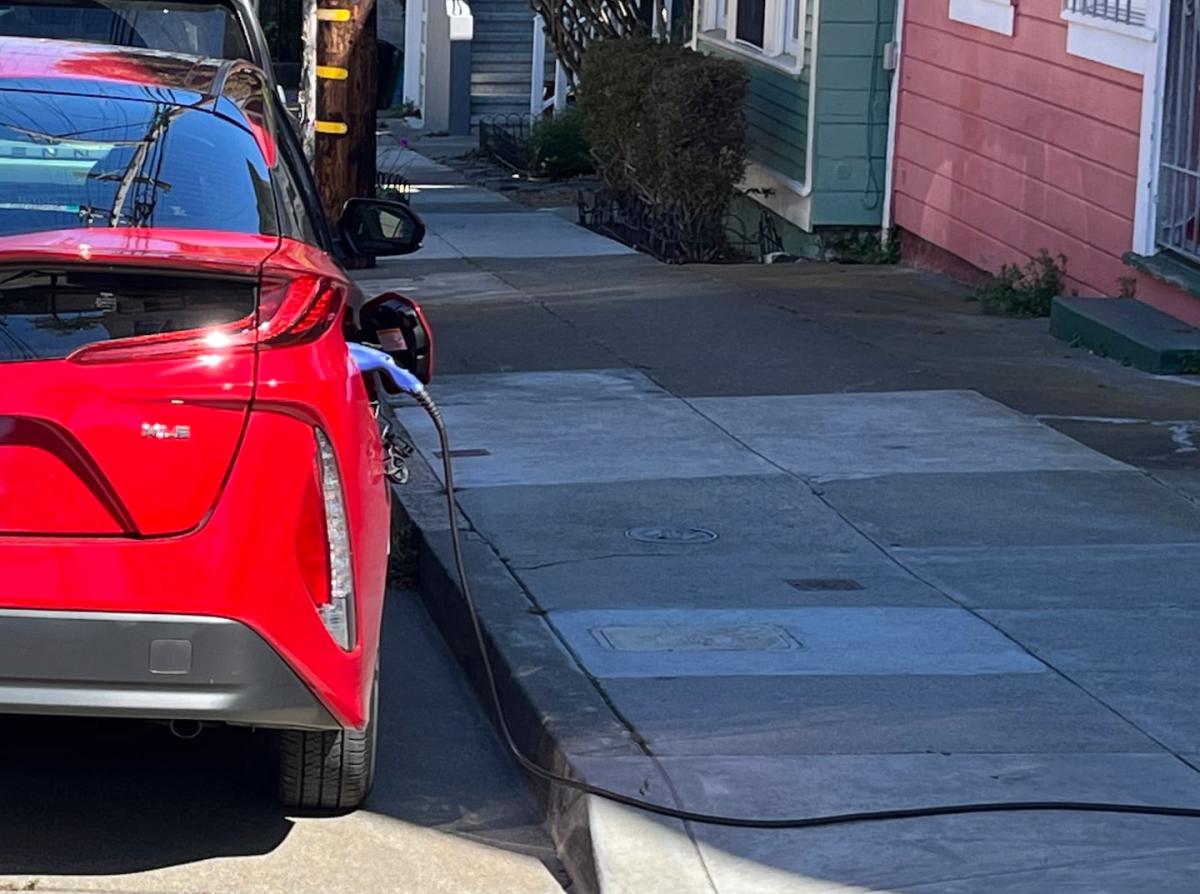If you are one of the 1.4 million Americans who bought an electric car last year, odds are that you live in (and own) a single-family home with a garage. According to one study, homeowners are three times more likely than renters to own an electric vehicle; another analysis of California EV drivers found that 80 percent live in single-family, detached homes.
There’s a reason: Electric cars are most convenient when drivers can charge them overnight - either on a standard outlet or using faster, “Level 2” home charging. “The pivot is definitely among single-family homeowners,” said Ingrid Malmgren, policy director at the EV advocacy group Plug In America. “If you don’t have access to a home charger, it makes a huge difference.”
But there are options for those living in apartment buildings or without a garage. Here’s how you can still go electric if you don’t live in a single-family home.



Charging at a public spot overnight, or charging at work during office hours works great for me. If the network allows it of course, like in The Netherlands or Norway.